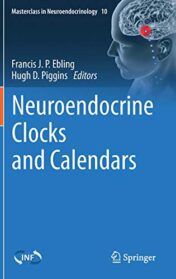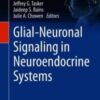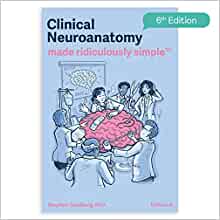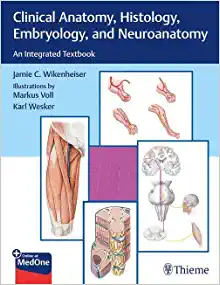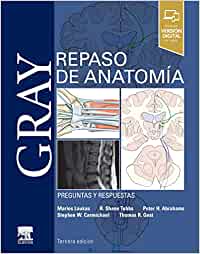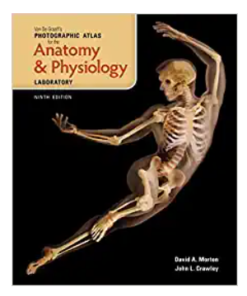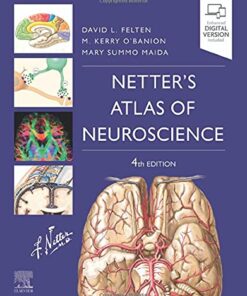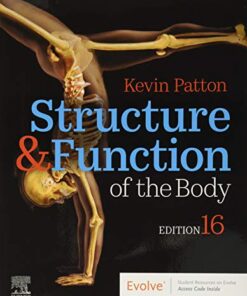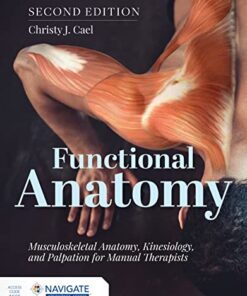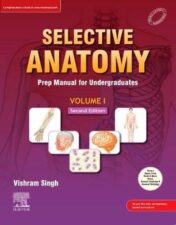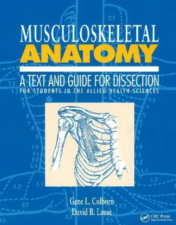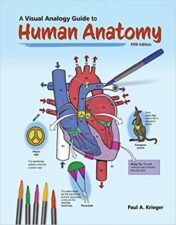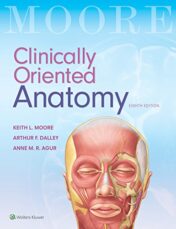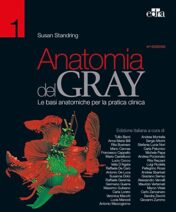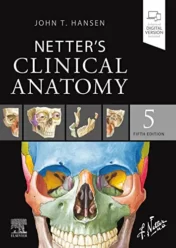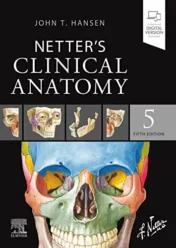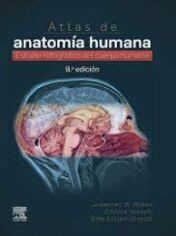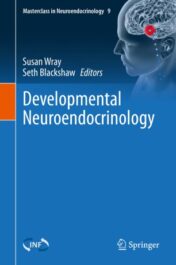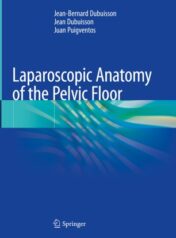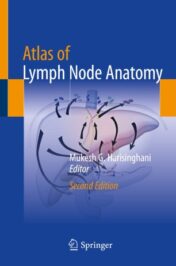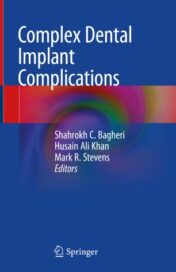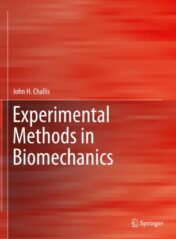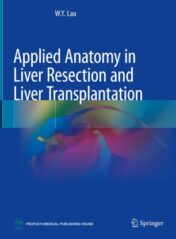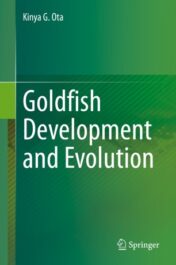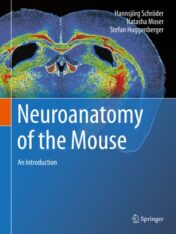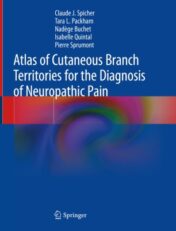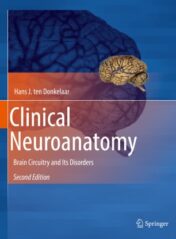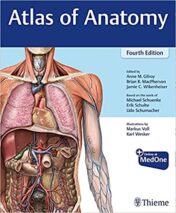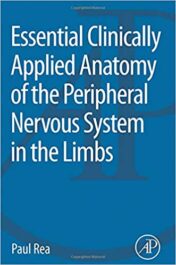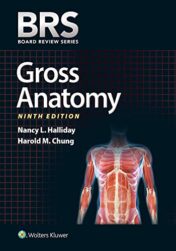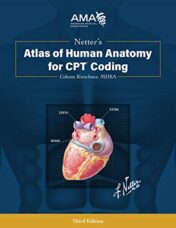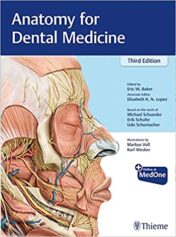The constraints of surviving in a seasonal environment have shaped human evolution and migration, have shaped our societies and cultures, and continue to influence our everyday lives, health and wellbeing. Identifying the mechanisms whereby seasonal rhythmicity is generated and regulates the brain and body is not only important for understanding the natural world and relevant to animal production, it also offers many insights into the human condition.
Each chapter is written by an international expert in the field of chronobiology. A historical perspective on how research into photoperiodism and rhythmicity progressed is initially provided, but the main focus of this book is on the remarkable studies in the last few decades that have unravelled the molecular and cellular machinery underpinning circadian and circannual timing. Topics covered include the role of melatonin in communicating seasonal information to the brain and pituitary gland, the neuroanatomical pathways in mammals, birds and fish by which changes in photoperiod reach the hypothalamus, the role of glial cells (tanycytes) and thyroid hormone in seasonal rhythmicity, neuroplasticity across seasons, effects of changing day length on mood, regulation of “clock“ gene expression, and the role of the suprachiasmatic nucleus.
This book will appeal to all students and researchers who wish to learn about current and past research on daily and seasonal rhythmicity.
This is the tenth volume in the International Neuroendocrine Federation (INF) Masterclass in Neuroendocrinology series (Volumes 1-7 published by Wiley) that aims to illustrate highest standards and encourage the use of the latest technologies in basic and clinical research and hopes to provide inspiration for further exploration into the exciting field of neuroendocrinology.

